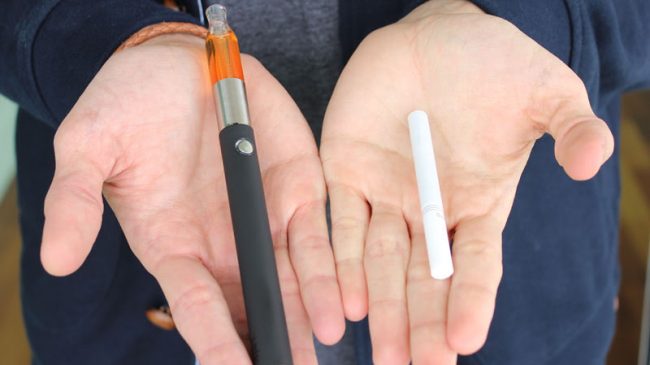A new generation of “heat-not-burn” tobacco products could offer of a breakthrough for harm reduction, appealing to smokers where e-cigarettes and nicotine replacement therapies have failed.
According to a report by Edward Anselm, a senior fellow at the R Street Institute, the potential benefits of HNB products are a massive reduction and potential elimination of lethal compounds that plague regular tobacco smoke.
The essential idea behind HNB is that tobacco is heated to produce an inhalable vapor which gives the user the flavor of tobacco and the nicotine they desire without the deadly chemicals that form when tobacco is burned.
“The research completed to date by the major tobacco companies generally report that HNB devices produce 90 percent fewer HPHCs (harmful and potentially harmful constituents) than traditional combustible cigarettes,” writes Anselm.
This puts HNB products in a similar ballpark as e-cigarettes, which are known to be vastly safer than regular cigarettes and have helped people around the world quit smoking for good.
Anselm argues the United States should include these devices in the category of electronic nicotine delivery systems along with nicotine vaporizers, vape pens, and e-cigarettes.
The heat-not-burn concept is not a new idea. R.J. Reynolds piloted its near smokeless Premier brand in 1988. The product released hardly any smoke, heating the tobacco with an aluminum rod in the middle of the cigarette. But consumers found Premier unsatisfying and saw little need for a cigarette that required its own instruction manual.
Newer products, however, from some of the world’s biggest tobacco companies have been greeted with enthusiasm in the few markets where they have been made available, such as Japan, with supply barely able to keep up with demand.
The promise of HNB products lies in their potential to appeal to smokers who have experimented with or tried to switch to vapor products but ended up sticking with regular tobacco.
Because e-cigarettes don’t contain tobacco they lack the flavor that many smokers desire and often fail to adequately mimic the rituals of smoking that consumers have become accustomed to and value.
“Heating tobacco at lower temperatures than combustible cigarettes allows nicotine to be delivered in ways that retain much of the ritual and experience of smoking,” says Anselm. “Comprehensive scientific programs have demonstrated these products present significantly reduced risk when compared to traditional cigarettes. Collectively, they represent a new set of tools to reduce the harm of combustible tobacco.”
The report points out that the number of smokers who have tried e-cigarettes is far larger than the number of regular vapers, suggesting a significant market for a product that can effectively replicate the experience of smoking while massively reducing the risk of smoking-related disease.
While HNB products have been a hit with consumers overseas, Anselm warns that biases against a harm reduction approach in the U.S. public health establishment could impede understanding of the potential benefits HNB offers to smokers looking for a lower risk alternative to cigarettes.

